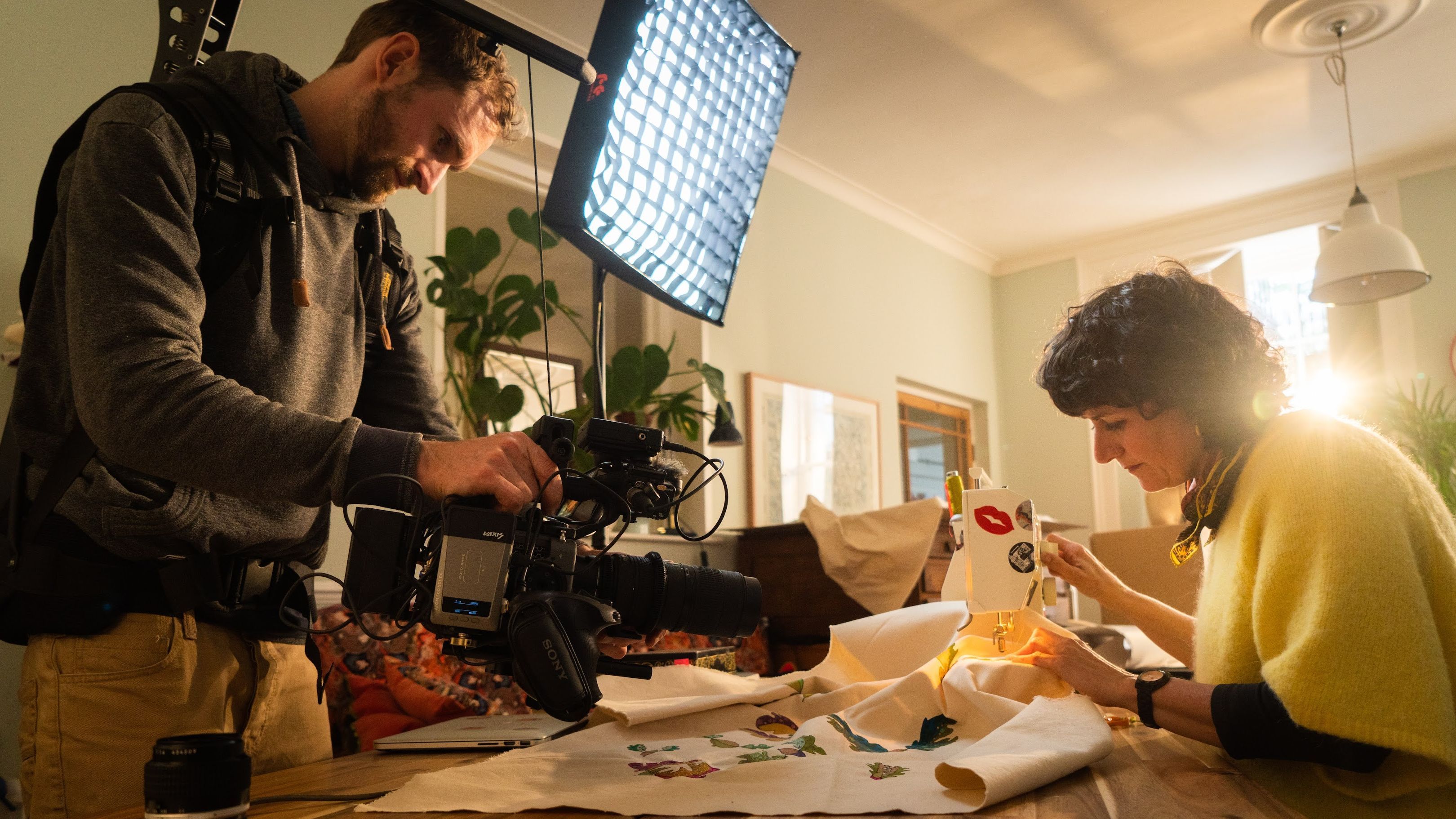Cinematic Lighting for Beginner Filmmakers

Have you ever marveled at a film's stunning visuals and wondered how to achieve that same cinematic look in your own projects? For many filmmakers, myself included, this can be a daunting task. But fear not! After years of trial and error, learning from industry legends, and developing my own toolkit, I've discovered the key to creating cinematic lighting in any situation, regardless of budget or equipment.
Cinematic Lighting: Step-by-step
Today, I'm going to share this knowledge with you in four easy steps. At the end of the blog, I'll be sharing a bonus tip that can add even more depth and interest to your shots!
1. Cinematic Lighting: Direction of Light
The secret to creating natural, effortless-looking lighting is to work with the environment's existing light sources. This is called motivated lighting. Identify the main sources of light in your scene (e.g., windows or lamps) and choose one to be your main motivating light source. Turn off any unflattering ceiling lights, and you're ready to move on to the next step.

2. Cinematic Lighting: Backlighting
Now, place your subject between your camera and your chosen light source for a technique called backlighting or upstage lighting. This creates contrast, enhances shadows, and produces interesting pockets of light on your subject, giving your shot depth and a more cinematic feel.
3. Cinematic Lighting: Add Light
To further illuminate your subject, introduce a key light. You can use a reflector, bed sheet, or artificial light, depending on your budget and equipment. Position the key light on the same side as your main motivating light source to maintain a natural look and create a beautiful shadow on your subject. Soften the light using diffusion techniques or a softbox for a gentle, flattering look.
4. Cinematic Lighting: Create Shadows
Shadows add depth and make your 2D image appear 3D. To create or enhance shadows, use flags, grids, or curtains. Control the light spill by using grids, negative fill, or bounce boards, creating a checkerboard lighting pattern with alternating dark and light areas for a more visually engaging shot.

Cinematic Lighting Bonus Tip: Reflections
Adding reflections to your shots can create additional points of interest and enhance the checkerboard lighting effect. Capture reflections by positioning your camera close to reflective surfaces like glass or water and ensuring the foreground is darker than the background.

Mastering Cinematic Lighting
Unleash the power of cinematic lighting without exhausting your budget or overwhelming yourself with equipment. By embracing these steps and keeping it simple, you can transform your films from boring to breathtaking, achieving professional-level visuals that captivate and resonate with audiences.
Unlock the Secrets to Cinematic Documentaries
Dive deeper into the world of cinematic storytelling with my exclusive filmmaking training - absolutely free! Uncover 10 transformative secrets that will empower you to craft compelling documentaries: 10 Secrets to Creating Cinematic Documentaries.


















